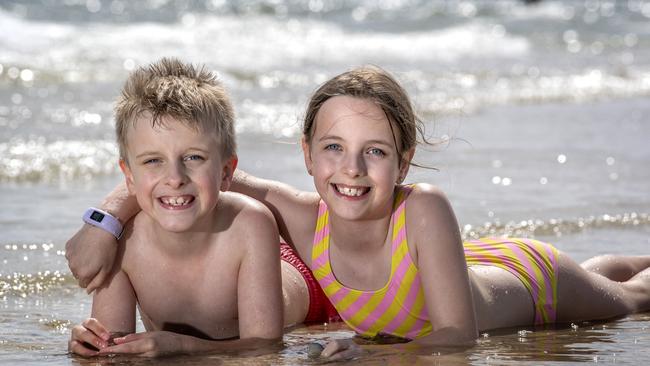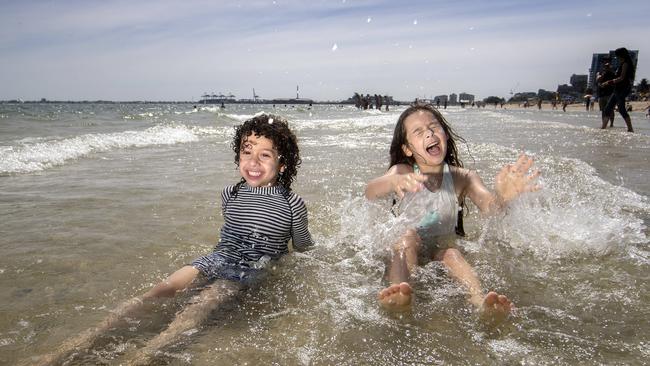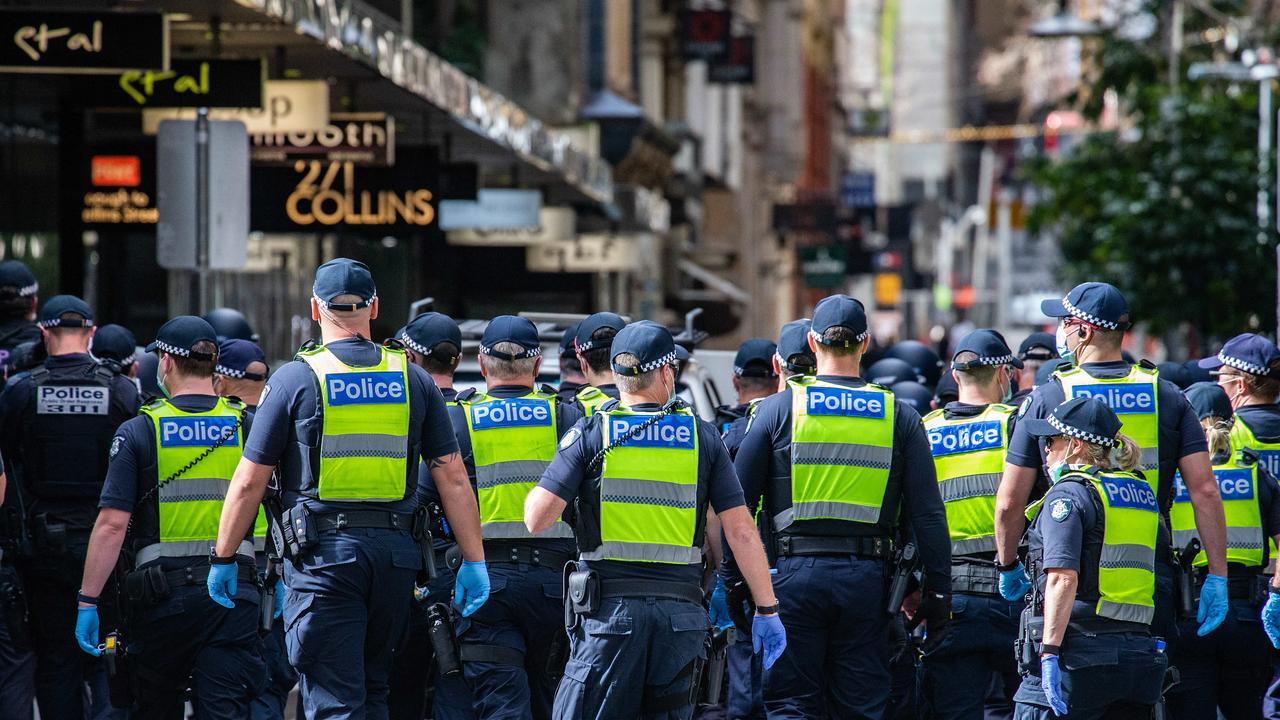Popular Melbourne beaches’ water quality putting people at risk of illness
Some of Melbourne’s most popular beaches are harbouring water so filthy it could make people sick.

News
Don't miss out on the headlines from News. Followed categories will be added to My News.
Melbourne’s cleanest beaches can be revealed with people set to flock to the bay over the festive season.
Portsea was rated as having the best swimming conditions, while other Mornington beaches also fared well: Safety Beach, Mt Martha and Rosebud were the next highest-ranked.
Stormy weather was a key factor that could affect water quality, Environmental Protection Authority senior applied scientist Leon Metzeling said.
Mr Metzeling said the gap between the top- and bottom-rated beaches was relatively small because there was no consistent source of contamination.
“The ranking varies from year to year,” he said.
“It really depends on recent weather conditions and where the rain has fallen. There are no consistently poor beaches around the bay and for a large city, Melbourne does quite well for beach water quality.
“Most of our beaches are rated good for swimming on most days through summer.”
But the EPA did find some of Melbourne’s most popular beaches are so filthy they are making swimmers sick.
Victoria’s environmental watchdog has urged beachgoers to be wary of the possible health risks posed by poor water quality.

Its latest report has ranked 36 Port Phillip Bay beaches from cleanest to dirtiest.
Seaford took the unwanted title of worst water quality, according to the EPA’s analysis from the 2019-20 summer.
Beaches closer to the city, such as South Melbourne, Port Melbourne, St Kilda and Elwood, all rated relatively low for water quality.
The EPA said the biggest danger with poor water quality was pollutants and bacteria, which could cause gastroenteritis or skin irritation.
The low point last summer was when 11 beaches were temporarily rated as poor, which is when the EPA advises against swimming.
Mr Metzeling said swimming at a beach that was rated poor gave a person a greater risk of becoming ill.
“The typical health risk from poor-quality water is an increased likelihood of an upset stomach or possible skin irritation,” he said.
Poor conditions were more likely in the 48 hours after heavy rain, he said.
Water quality for 36 Port Phillip Bay beaches are updated twice a day on the EPA website and swimmers are encouraged to check the latest advice.
Details: https://www.epa.vic.gov.au/for-community/summer-water-quality/beach-report




